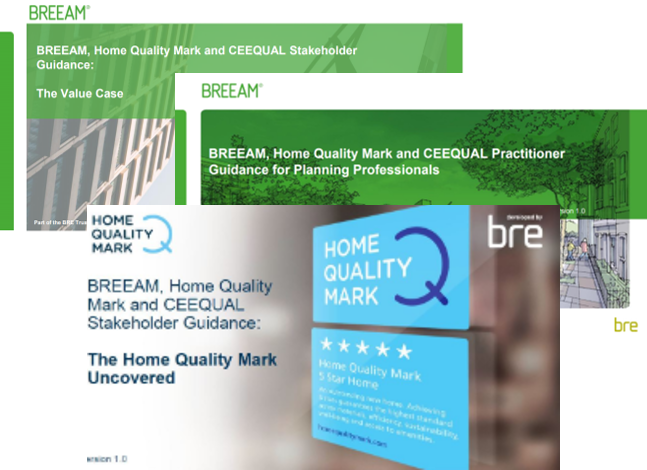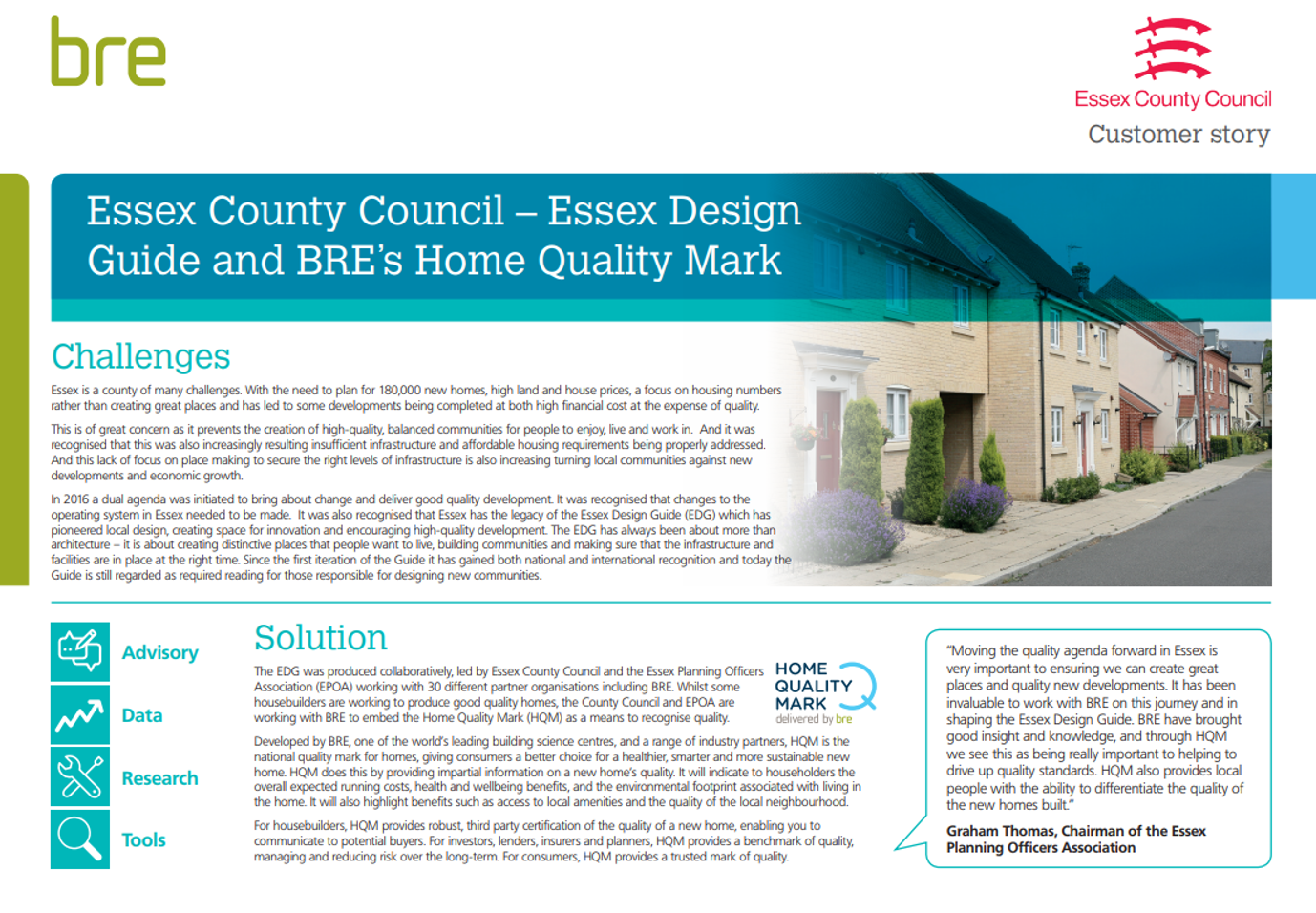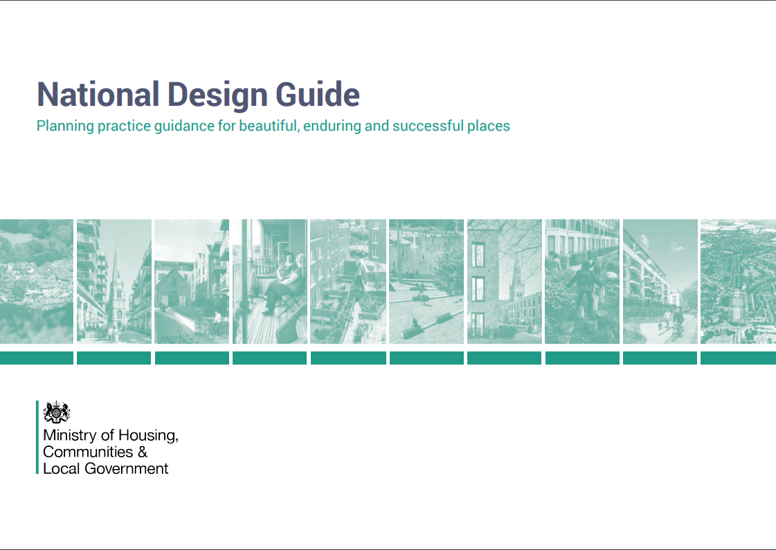BREEAM and Sport England Collaborate to Deliver Active Design in the Built Environment.
Sport England and BRE Global have worked together to map the individual issues and criteria in each BREEAM Scheme with the Active Design principles outlined by Sport England.
The built environment can have major impacts on people’s health and wellbeing, designing the Principles of Active Design into new, emerging and established areas of the built environment is becoming increasingly desireable at national and local planning levels. BREEAM, HQM and CEEQUAL are schemes which can be used to ensure that the high level principles of active design are met and implimented where possible during each stage of a projects lifecycle.
How do the BREEAM family of schemes achieve Sport England’s Active Design Principles?
The issues and criterion within each of the BREEAM Family of Schemes (including HQM and CEEQUAL) share many of the same aspirations as those outlined by Sport England’s Active Design Principles.
The active design principles address a range of aspects in the built environment, BREEAM schemes can act as frameworks which allow industry professionals to prove they have met these aspirations. Below is a detailed breakdown of the issues within BREEAM schemes and how they can relate to the Active Design Principles.
Where there is a:
- Strong link, by achieving the BREEAM issues the project can be seen to strongly support the active design principles.
- Moderate link, by achieving these BREEAM credits the project can be seen to moderately support the active design principles.
- Minor link, by achieving these BREEAM credits the project is likely to broadly support the active design principles.
Some of the assessment criteria provide multiple benefits, even if Active Design is not the primary focus of a criterion it may still support the principles of Active Design. These issues have also been marked as ‘minor’ to signpost the opportunities they can have for promoting activity when multiple benefits are considered holistically during design.
- Activity for all
- Walkable Communities
- Connected walking & cycling routes
- Co-location of community facilities
- Network of multi-functional open space
- High quality streets & spaces
- Appropriate infrastructure
- Active Buildings
- Management, maintenance, monitoring & evaluation
- Activity promotion & local champions
Principle 1: Activity for all

Principle 2: Walkable Communities

Principle 3: Connected walking & Cycling Routes

Principle 4: Co-location of community facilities
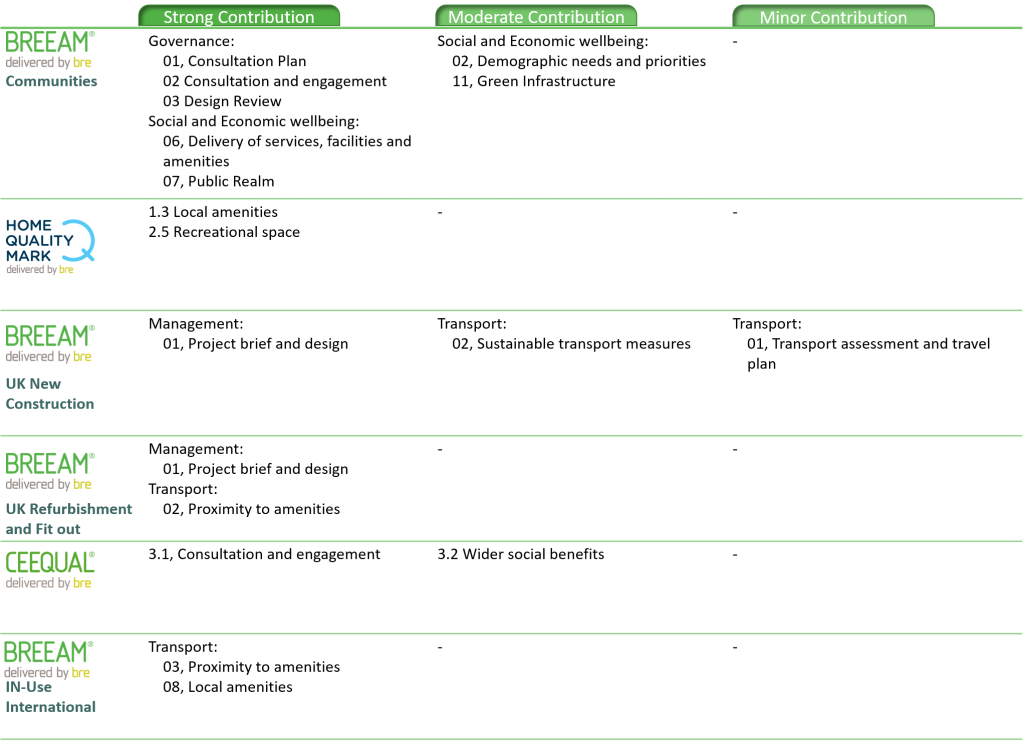
Principle 5: Network of multi-functional open space

Principle 6: High quality streets & spaces

Principle 7: Appropriate infrastructure

Principle 8: Active Buildings

Principle 9: Management, Maintenance, Monitoring & Evaluation

Principle 10: Activity promotion & local champions
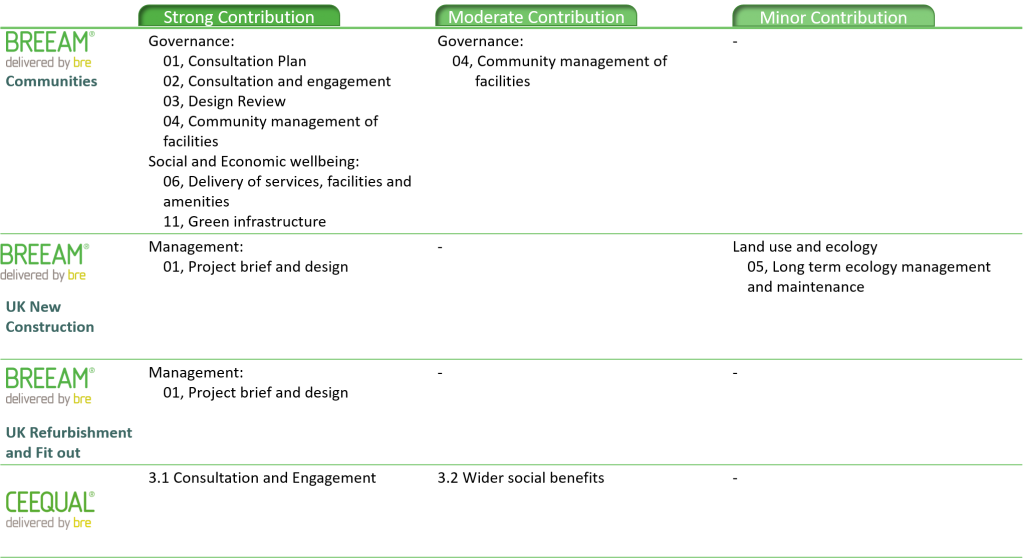
Active Design and BREEAM Certification Schemes: Principles into Practice.
This report highlights how Sport England’s high-level Active Design Principles may be delivered in practice through the use of BREEAM Certification, supporting the creation of active communities.
The diagram below illurstrates the number of issues within each of the BREEAM family of schemes which can contribute to achieving good Active design. Different colours represent the 7 Schemes, larger bubbles show greater amounts of issue cross over and the closer the bubles are to the centre the greater the contribution to Active Design the BREEAM issues have.
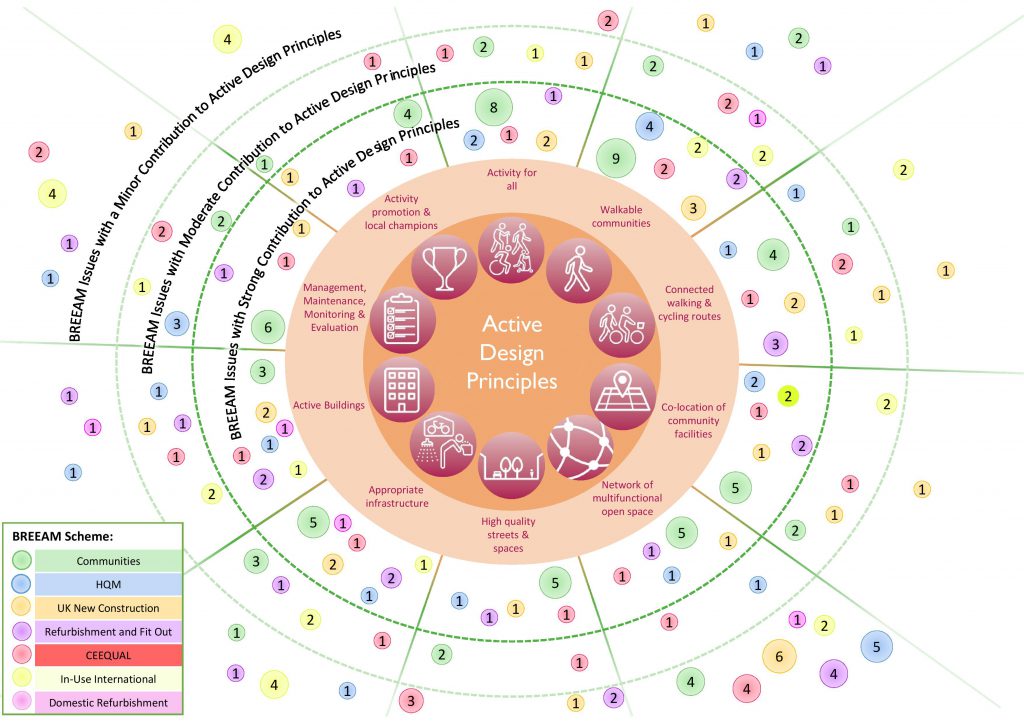
The mapping exercise has shown that there are over 120 criteria in the BREEAM family of schemes which can strongly contribute to achieving these high-level principles. With over 350 additional criteria moderately supporting the principles. Therefore, this framework provides a point of conversation when designing activity and movement into projects. A critical piece of this is ensuring that local communities are engaged and empowered as part of this process to help shape their local environment from the outset.







